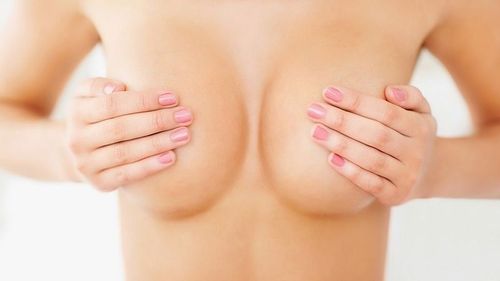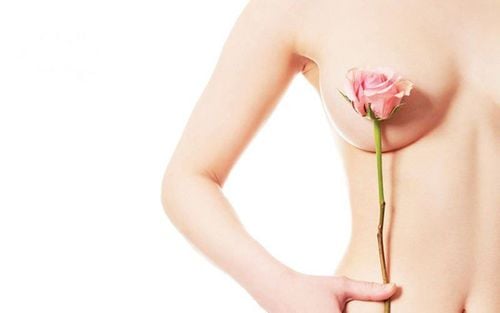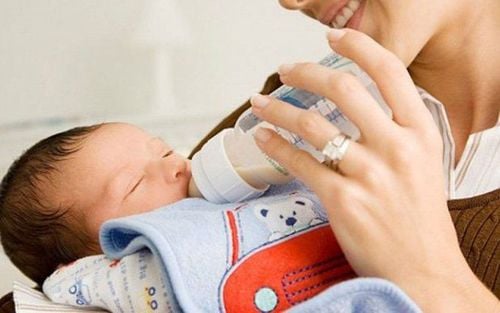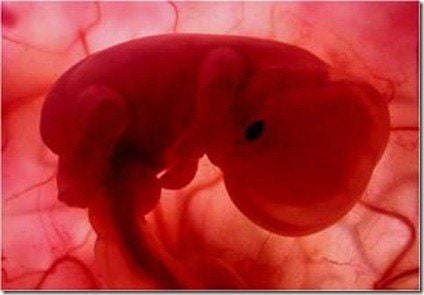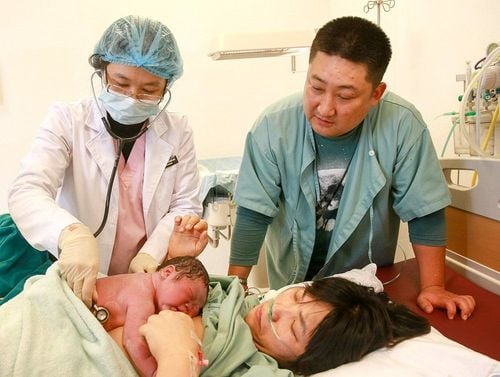This is an automatically translated article.
Using baby bottles and nipples is not uncommon in families with children in the breastfeeding stage. However, these tools also need to be checked and replaced to ensure hygiene and safety for the baby.
1. Signs you should change your nipples
Check bottle nipples regularly, at least every two to three months for the following signs of wear and tear:
Milk flow : Liquid/milk should flow steadily out of the nipple, if it is Rapid discharge means the hole is too large and you should change the nipple. Discolored nipples. This could be a sign that the nipples are deteriorating. Nipple thinning: This is an early sign that the nipple is softening and uncertain. To check the firmness of the nipple, pull firmly on the breast. After pulling, the nipple should recover back to its original shape. If not, then it's time to remove the nipple and replace it with a new one. The nipple is sticky or bulging. This is also a sign that the nipple may be in need of replacement. Cracked, torn, or broken nipples: Pieces of the nipple can break off and become a danger to the baby because the pieces can choke the baby.
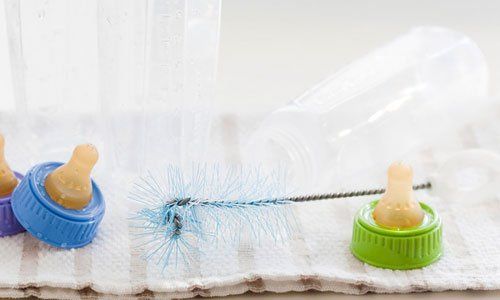
Thường xuyên kiểm tra và thay núm vý bình sữa 2-3 tháng/ lần
2. Signs you should change the bottle
You should change the baby's bottle if you notice the following signs:
The bottle has cracks, crumbs or breaks. Once a bottle is cracked or broken, your baby can cut, clamp or injure himself. This is especially dangerous if you are using a glass bottle. And remember, if you use a bottle with a disposable liner, you should dispose of the liner after each use.
3. How often to change baby bottles and nipples?
3.1 Shelf life of baby bottles In general, a milk bottle usually has a shelf life of 3 years. Before using the bottle to be sterilized, mix the milk with warm or boiling water.
The numbers indicated on the bottle are blurred, the jar has deformation such as distortion, cracks, the bottle is more opaque, not as clear as the original, or has many scratches. Those are all implicit signs that it's time for a new bottle of milk.
In addition, it should be noted:
White, clear or milky milk bottles, with a heat resistance of 100 degrees Celsius. This type of bottle should be used for no more than 6 months, in case the bottle has scratches, it should be replaced. 6 months before.
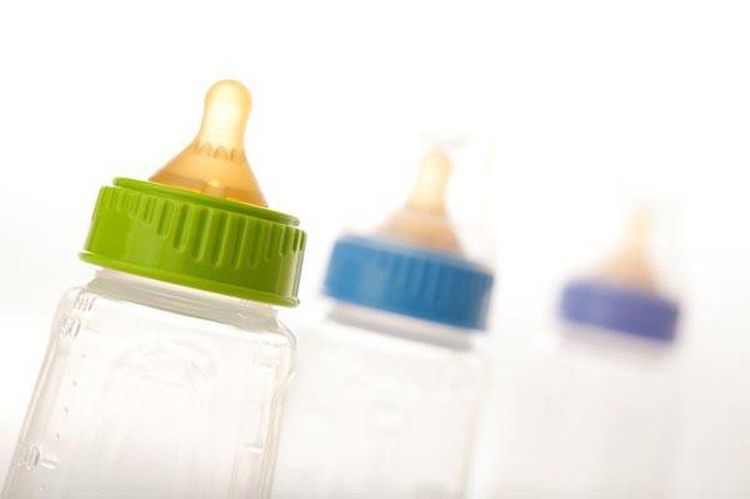
Bình sữa trắng không nên sử dụng quá 6 tháng
If you notice that the nipple has symptoms such as: The nipple is bulging, the rubber part becomes softer than usual, the color changes (for example, the color is lighter), it means the nipple has a problem. It's time to get a new pacifier for your baby.
Rubber nipples are heat resistant at around 100c, can be used within 3 months and should be changed every 2-3 months. Silicone nipples have good elasticity and are more durable than rubber nipples. heat resistance is 120c, on average every 3 months should be changed. In the process of taking care of children who need consultation and examination, you can take your child to the Pediatrics Department at Vinmec General Hospital for advice and examination by experts. Here, based on the diagnosis results, the doctor will have a treatment method for each specific case to bring the best effect.
Please dial HOTLINE for more information or register for an appointment HERE. Download MyVinmec app to make appointments faster and to manage your bookings easily.




